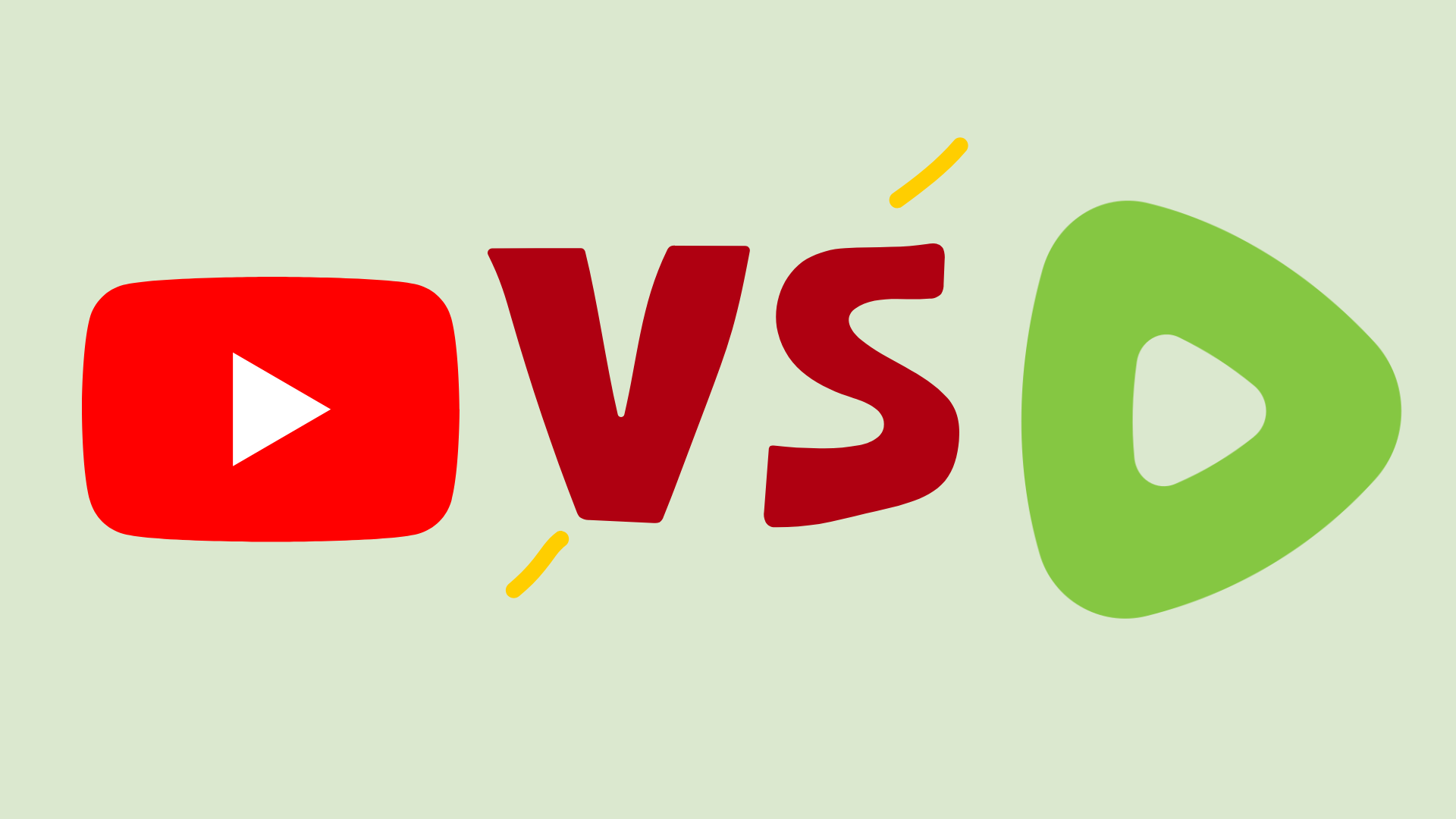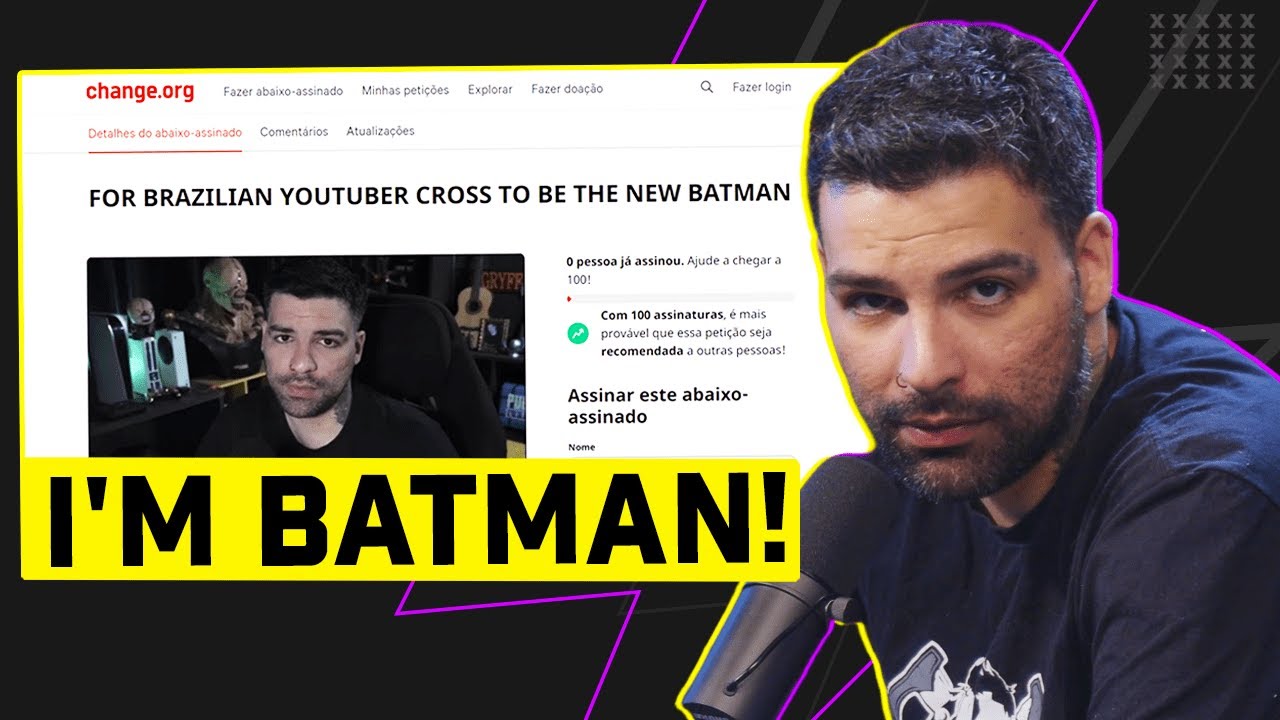In today’s digital age, sharing content across multiple platforms is essential for reaching a wider audience. Video creators often find themselves questioning the best practices for sharing their work on different platforms like YouTube and Rumble. While both platforms have their unique features, it's important to understand how to navigate the intricacies of cross-platform sharing to maximize your content's reach without sacrificing engagement. This guide explores the core differences between YouTube and Rumble and offers tips for effectively sharing the same video on both platforms.
Understanding YouTube and Rumble

When it comes to video sharing, YouTube and Rumble are two prominent platforms, but they cater to slightly different audiences and purposes. Let’s dive into what sets them apart:
- YouTube:
YouTube is the giant of video content, boasting billions of users. It's a multifaceted platform that supports various content types, including vlogs, tutorials, live streams, and music videos. Creators can monetize their content through ads, sponsorships, and memberships. Plus, YouTube has a complex algorithm that prioritizes engagement metrics like views, comments, likes, and watch time to determine video visibility.
- Rumble:
Rumble, on the other hand, is smaller but has been growing rapidly, particularly among creators looking for alternatives to mainstream platforms. Rumble is known for its focus on free speech and monetization options that allow users to earn revenue from their videos without the stringent regulations of other platforms. The platform is simpler in terms of features and often attracts a different, sometimes niche audience.
Both platforms offer unique benefits, making them appealing for video creators. Understanding these differences can help you tailor your content strategy effectively. Here’s a quick comparison in table form:
| Feature | YouTube | Rumble |
|---|---|---|
| User Base | Billions of active users | Growing, niche-specific audience |
| Monetization | Ad revenue, memberships, super chats | Direct payouts, revenue sharing |
| Content Variety | Wide range including vlogs, music | Focus on user-generated content |
| Algorithm | Complex; engagement-focused | Simpler; user-friendly |
By understanding these distinctions, you can better strategize how to engage viewers on both platforms while leveraging your content effectively.
Benefits of Cross-Platform Sharing

Cross-platform sharing is all the rage these days, and for good reason! By posting the same video on multiple platforms like YouTube and Rumble, you unlock an array of benefits that can elevate your content strategy. Let’s delve into some of the key advantages:
- Increased Audience Reach: Different platforms attract different audiences. By sharing your video on both YouTube and Rumble, you’re not just limiting your content to one demographic. You expose your work to a broader audience, maximizing your potential for views and engagement.
- Diverse Revenue Streams: Each platform has its monetization options. YouTube has ad revenue, while Rumble provides options like licensing and royalties. By diversifying your uploads, you can tap into multiple income sources.
- Consistent Brand Messaging: Posting the same video ensures that regardless of where your audience finds you, they’re receiving a consistent message. This builds trust and recognition of your brand.
- Performance Analytics: Different platforms offer unique insights and analytics. By sharing your video across platforms, you can collect data on which aspects resonate with your audience, allowing you to refine future content.
- SEO Advantages: Search engines love fresh content. By posting your video on multiple platforms, you increase your chances of appearing in various search results, enhancing your visibility online.
So, if you're considering cross-platform sharing, rest assured that the benefits are worth the effort!
Best Practices for Posting the Same Video
When it comes to cross-platform sharing, it's not just about hitting 'upload' on multiple sites. To truly maximize your video’s impact, there are best practices you should follow:
- Optimize for Each Platform: Tailor your titles, descriptions, and tags. YouTube users search differently than Rumble users. Use relevant keywords that suit each platform’s audience.
- Adjust Video Length and Aspect Ratio: While both platforms support standard video formats, consider shortening or adjusting your video based on audience preferences. Rumble may favor shorter clips for quick engagement.
- Engage with Your Audience: Don’t just post and ghost! Actively respond to comments and engage with viewers on both platforms. This builds community and fosters loyalty.
- Include Platform-Specific Calls to Action: Encourage viewers to subscribe or follow you for more content, but remember to tailor these prompts according to the platform's norms.
- Promote Your Rumble Video on YouTube and Vice Versa: Use the power of cross-promotion! Link to your videos in the descriptions or even create short clips as teasers.
With these practices, you can easily navigate the intricacies of posting on multiple platforms, ensuring your content gets the attention it deserves!
5. Potential Challenges and How to Overcome Them
When venturing into the realm of cross-platform sharing, especially with video content on YouTube and Rumble, it's essential to be aware of potential challenges that may arise. Navigating these hurdles effectively can greatly enhance your presence on both platforms. Here are some common challenges and tips to overcome them:
- Content Restrictions: Each platform has its own set of content guidelines. What’s considered acceptable on Rumble may not be suitable for YouTube. It’s crucial to thoroughly review the community guidelines of each platform to avoid being flagged or having your content removed.
- Watermark Issues: Some creators watermarked their videos to promote their personal brand. However, platforms like Rumble can have their own licensing agreements. To avoid potential disputes, ensure that any watermarks do not infringe on these agreements and consider the visibility aspect.
- Audience Engagement: While sharing the same content on both platforms may seem efficient, it can sometimes confuse your audience. Encourage your viewers to subscribe and follow you on both platforms for unique content, and consider creating platform-specific promotions or teasers.
- Algorithm Differences: Each platform's algorithm works differently; what’s popular on YouTube may not have the same traction on Rumble. Research and adapt to what types of videos perform better on each platform and tweak your strategies accordingly.
- Time Management: Managing multiple platforms can be time-consuming. Use content scheduling tools to streamline your workflow – creating batches of content for release can save time and help maintain consistency across both platforms.
By staying aware of these challenges and proactively addressing them, you can effectively enhance your cross-platform sharing strategy and reach a broader audience.
6. Conclusion
To wrap things up, sharing the same video content on both YouTube and Rumble can be an excellent strategy to enhance your visibility and audience engagement. However, it’s not a one-size-fits-all approach. Being mindful of the nuances of both platforms, including their audience preferences and algorithms, is crucial.
Here are a few key takeaways to remember:
- Be platform-specific: Although your videos may be the same, tailor your descriptions, tags, and titles to the respective platforms to maximize reach.
- Engage with your audience: Foster a community by encouraging feedback and interaction from viewers on both platforms. This can help build loyalty as they feel more connected to you.
- Monitor Performance: Keep an eye on the analytics from both platforms to see where your content is performing better, and adjust your strategy accordingly. Utilize metrics to inform future content creation.
- Experiment: Don't hesitate to think outside the box. Test different types of content, styles, or formats to find what resonates best with your audience on each platform.
In conclusion, cross-platform sharing between YouTube and Rumble can open up new avenues for growth. By being strategic and responsive to your audience's needs while navigating the challenges, you’ll find your place in this dynamic digital landscape.










